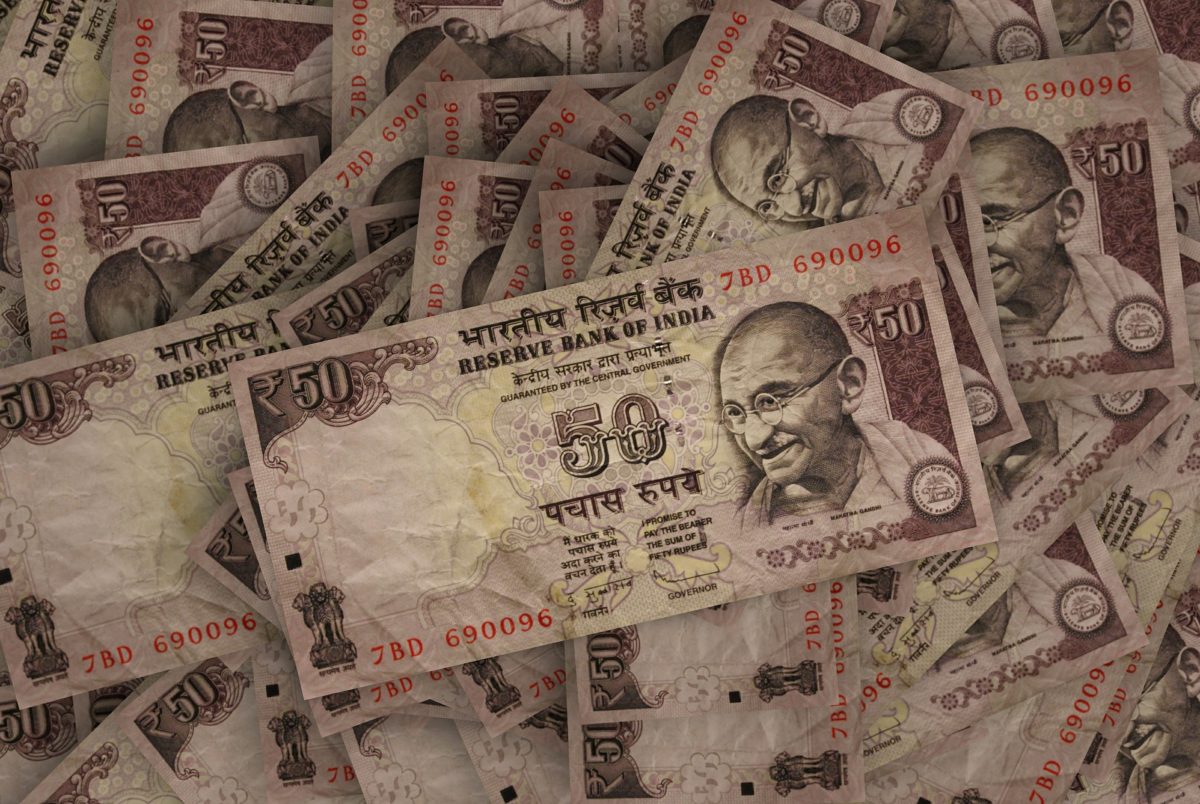From pv magazine India.
The freefall of the rupee has put solar projects worth Rs28,000 crore ($3.84 billion) in doubt, according to ratings agency Crisil.
At-risk projects include 5.5 GW worth tendered in the last nine months at tariffs as low as Rs2.75 per kWh, and which are in the early phase of implementation.
Today, the Indian rupee again weakened marginally against the dollar and was trading at 73.56, down 0.15% from yesterday’s close of 73.45. This year, the rupee has declined 12.83%, to become Asia’s worst-performing currency.
The depreciation has made imported solar modules more expensive and raised the cost of developing PV plants. Solar modules account for 55-60% of project costs, and orders for them are typically placed nine to 12 months after bids are won.
“Today, [more than] 90% of the solar modules are imported. Our analysis shows that for every 10% drop in the rupee, the cost of setting up a solar power plant increases by Rs30 lakh ($40,730) per MW, assuming other factors remain unchanged,” said Subodh Rai, Senior Director of Crisil Ratings.
Module savings wiped out by rupee's fall
Module prices have fallen 17% for projects, from $0.30 per Watt at the time of bidding to around $0.25 today, a benefit of nearly Rs34 lakh ($46,161) per MW, the report added.
“But the arithmetic did not countenance a sharp depreciation in the rupee, to more than Rs73 per dollar, which has wiped off the gains from lower module prices. That, in turn, will compress the debt servicing cushion available for these projects,” the agency said.
Crisil noted developers typically do not hedge the exchange rate before placing module orders. Lenders could become cautious about financing projects with a tariff lower than Rs3 per unit, due to slim debt service parameters.
“If the rupee remains weak and safeguard duty is also levied, project costs would dart up by as much as 20%. In such a situation, [the] viable tariff for future projects will have to be higher by 30 paise ($.0041) per unit,” said Manish Gupta, Director of Crisil Ratings.
The rupee's fall will affect the government’s target of setting up 100 GW of solar capacity by fiscal year 2022, Mr. Gupta added.
This content is protected by copyright and may not be reused. If you want to cooperate with us and would like to reuse some of our content, please contact: editors@pv-magazine.com.



By submitting this form you agree to pv magazine using your data for the purposes of publishing your comment.
Your personal data will only be disclosed or otherwise transmitted to third parties for the purposes of spam filtering or if this is necessary for technical maintenance of the website. Any other transfer to third parties will not take place unless this is justified on the basis of applicable data protection regulations or if pv magazine is legally obliged to do so.
You may revoke this consent at any time with effect for the future, in which case your personal data will be deleted immediately. Otherwise, your data will be deleted if pv magazine has processed your request or the purpose of data storage is fulfilled.
Further information on data privacy can be found in our Data Protection Policy.